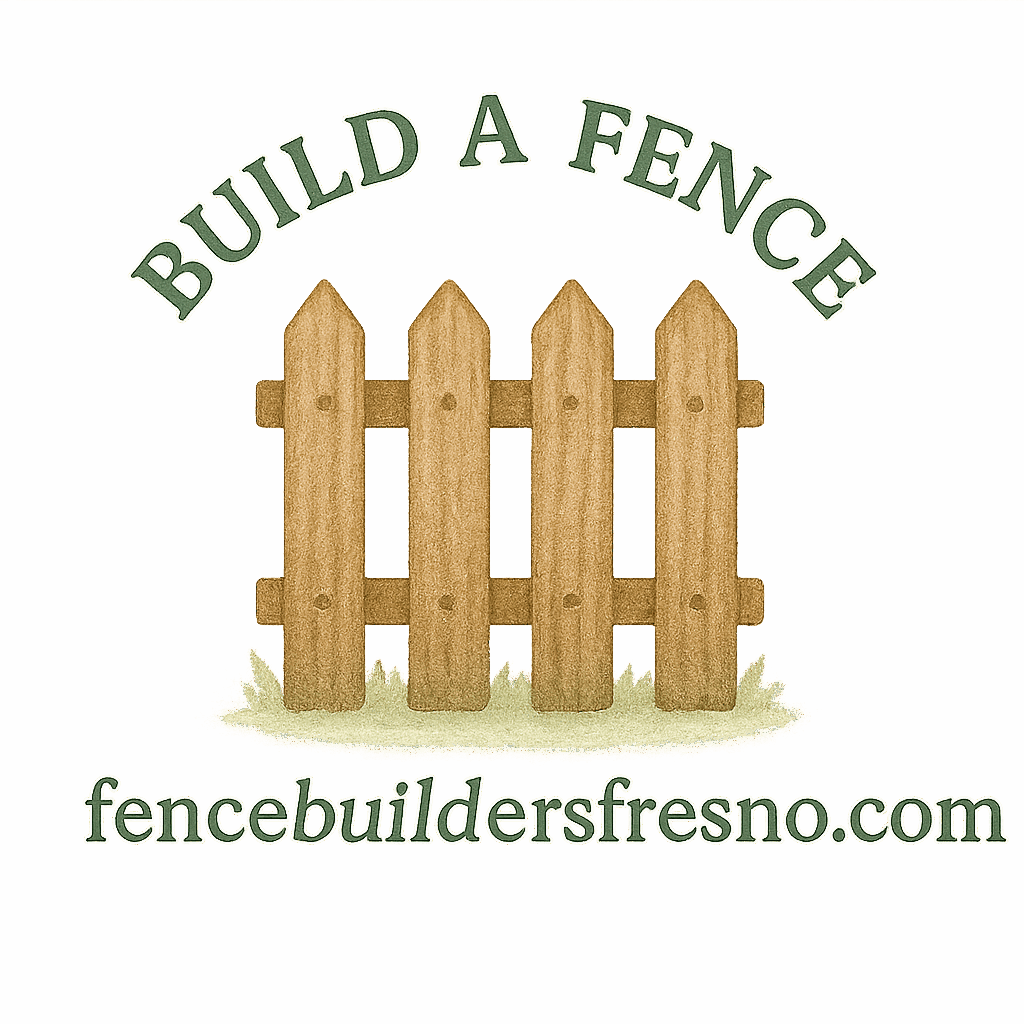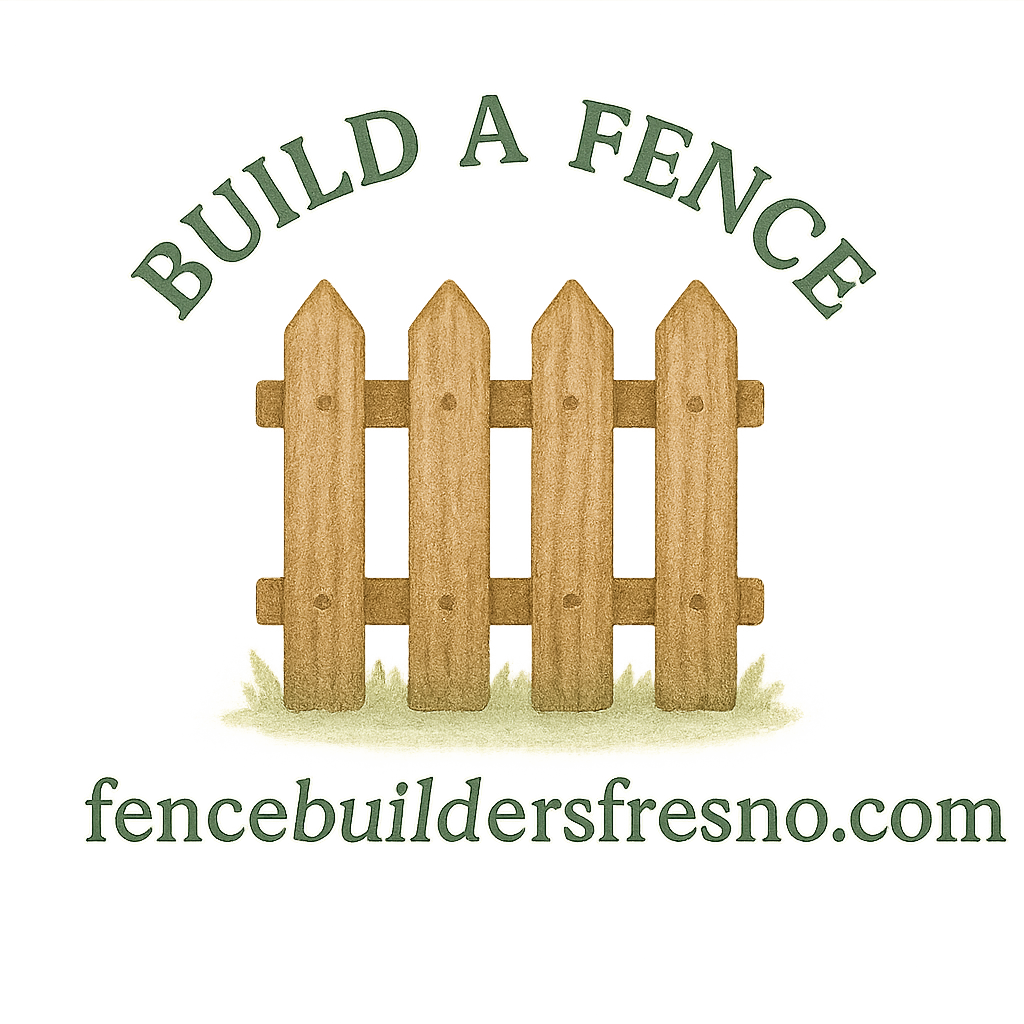Introduction to Budget-Friendly DIY Fencing
Let’s be real—fences aren’t cheap. Between materials, labor, and upkeep, the costs add up faster than you’d expect. But here’s the good news: with smart DIY fencing planning, you can build a sturdy, stylish fence without draining your wallet. The trick is knowing which materials give you the best bang for your buck.
Why DIY Fencing Planning Matters
When you skip planning, you pay more later. Whether it’s replacing warped boards or fighting with your neighbor about property lines, poor planning can sabotage your budget-friendly project.
Balancing Cost, Durability, and Style
A good fence isn’t just about the price tag—it’s about longevity and looks. The goal? A fence that lasts, looks good, and doesn’t break the bank.
Common Mistakes in DIY Fence Projects
Skipping permits, choosing cheap but fragile materials, or not accounting for maintenance costs—these mistakes can cost you big. Planning ahead prevents headaches.

Factors to Consider Before Choosing Fence Materials
Property Lines and Legal Considerations
Before hammering the first post, check your local fence regulations. Misplaced fences can spark costly legal disputes. (See more on property lines and legal fencing).
Maintenance and Longevity
Ask yourself: Do I want to repaint this every two years? Some fences need more love than others. If low maintenance is your style, plan accordingly.
Aesthetic Value and Neighborhood Harmony
Your fence should blend with your home’s design and not clash with your neighborhood vibe. A stylish fence can even boost curb appeal.
Budget Material #1: Pressure-Treated Wood
Pros of Using Pressure-Treated Wood
- Affordable and widely available
- Stronger than untreated lumber
- Classic wooden fence aesthetic
Cons to Keep in Mind
- Susceptible to warping and splitting over time
- Requires ongoing staining or sealing
- Vulnerable to termites if not properly maintained
Best Uses for Pressure-Treated Wood Fencing
Ideal for privacy fences and backyards where you want warmth and tradition. Pair with regular wood fence care tips for longevity.
Budget Material #2: Chain Link Fence
Why Chain Link is Cost-Effective
Chain link is one of the cheapest fencing materials out there, and installation is straightforward for DIYers. It’s durable, secure, and great for defining property boundaries.
Ways to Enhance Chain Link Aesthetics
- Add privacy slats
- Grow climbing plants or vines
- Paint or coat the chain link for a cleaner look
Ideal Situations for Chain Link Fence Installation
Perfect for pet enclosures, gardens, or backyards where functionality matters more than looks.
Budget Material #3: Vinyl Fence Panels
Benefits of Vinyl for DIY Fencing Planning
Vinyl fences are low-maintenance, resistant to pests, and come in various styles. Plus, they’re easy to clean—just hose them down.
Limitations of Vinyl Fencing
- Higher upfront cost compared to wood
- Can crack in extreme cold
- Limited repair options
Creative Designs with Vinyl
Think beyond plain white panels—mix colors, heights, and even add decorative tops for a modern finish. Learn more about vinyl fencing.
Budget Material #4: Bamboo Fencing
Eco-Friendly and Affordable
Bamboo is a sustainable choice that adds a natural, tropical vibe to your yard. It’s lightweight and quick to install—great for DIY fencing planning.
Downsides of Bamboo in Certain Climates
Not ideal for wet or cold climates since moisture can cause rot. It’s best in warm, dry areas.
Styling Tips for Bamboo Fences
Combine bamboo rolls with wood frames or decorative fencing elements for a unique, exotic look.
Budget Material #5: Recycled and Repurposed Materials
Pallets, Scrap Wood, and Upcycled Options
Old pallets and scrap wood can be repurposed into charming, rustic fences. This is the ultimate budget-friendly and creative approach.
How to Source Recycled Materials
Check local hardware stores, construction sites (with permission), or online marketplaces for free or cheap supplies.
DIY-Friendly Designs Using Recycled Resources
Stack pallets for a quick garden fence or repurpose old doors for a quirky, eye-catching boundary.
Comparing the Five Budget Fence Materials
Cost Breakdown Chart
- Pressure-treated wood: $10–$15 per linear foot
- Chain link: $7–$12 per linear foot
- Vinyl: $15–$20 per linear foot
- Bamboo: $8–$12 per linear foot
- Recycled materials: practically free to $5 per linear foot
Which Fence Type is Best for You?
If you want durability—go vinyl. If budget is king—chain link or recycled wood. If you love aesthetics—pressure-treated wood or bamboo wins.
DIY Fencing Planning Tips to Save Money
Measure Twice, Buy Once
Overbuying or underestimating materials kills your budget. Double-check your measurements.
Prioritize Durability Over Short-Term Savings
A $500 fence that lasts 2 years costs more in the long run than a $900 fence that lasts 15 years.
Leverage Local Resources and Discounts
Shop clearance aisles, use local salvage yards, or ask neighbors for leftover materials.
Common Mistakes to Avoid in DIY Fencing Planning
Ignoring Property Boundaries
Putting your fence an inch over the line could land you in court. Confirm your property markers first.
Choosing the Wrong Material for the Climate
Wood in wet climates rots fast. Vinyl in freezing zones cracks. Match your material to your environment.
Overlooking Long-Term Maintenance Costs
That “cheap” fence may end up costing more in upkeep than a slightly pricier low-maintenance option.
Professional Help vs. True DIY Approach
When to Call a Fence Contractor
If your yard is uneven, the project is large, or legal rules confuse you, hiring a fence contractor might save money long term.
How to Blend DIY and Professional Assistance
Do the demolition and prep yourself, then hire pros for the trickier installations like gates or corner posts.
Final Thoughts on Affordable DIY Fencing
DIY fencing doesn’t mean you sacrifice quality. With smart planning and the right budget materials, you can build a fence that looks good, lasts, and keeps costs low. Think of your fence as an investment—it frames your home, protects your space, and adds personality.
Conclusion
Building a fence on a budget isn’t about cutting corners—it’s about choosing smart materials, planning carefully, and balancing cost with value. Whether you go with chain link for practicality, vinyl for low maintenance, or recycled wood for creativity, your DIY fence can be strong, stylish, and affordable.
FAQs
Q1: What is the cheapest fence material for DIY projects?
Chain link and recycled wood are generally the most budget-friendly options.
Q2: How long does a pressure-treated wood fence last?
With proper maintenance, it can last 15–20 years.
Q3: Is vinyl fencing really worth the higher upfront cost?
Yes—vinyl’s low maintenance makes it cost-effective over the long term.
Q4: Can bamboo fences handle rainy climates?
Not very well. Bamboo works best in dry, warm regions.
Q5: What’s the easiest fence to install by myself?
Pallet fences and chain link are among the simplest DIY projects.
Q6: Do I need a permit to build a fence?
It depends on your local laws. Always check zoning rules before starting.
Q7: How do I make my chain link fence look better?
Add privacy slats, climbing plants, or a colored vinyl coating.


